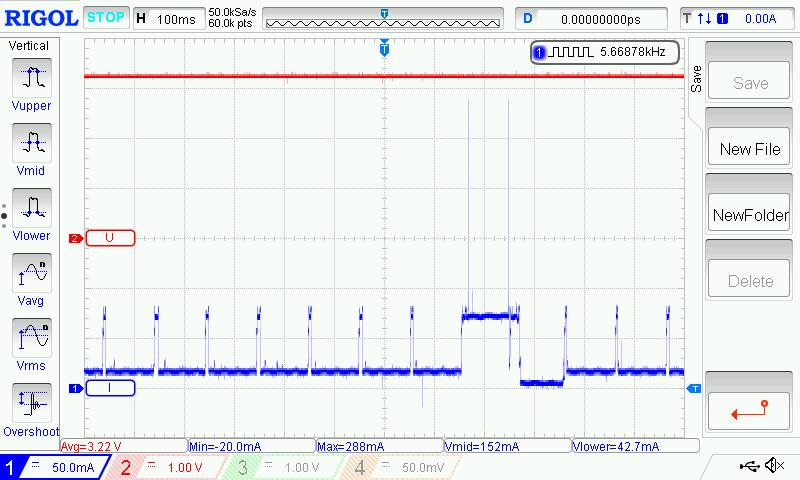New issue
Have a question about this project? Sign up for a free GitHub account to open an issue and contact its maintainers and the community.
By clicking “Sign up for GitHub”, you agree to our terms of service and privacy statement. We’ll occasionally send you account related emails.
Already on GitHub? Sign in to your account
Runtime wrong #1842
Comments
|
That's probably because you use sleep. I don't use sleep and am very happy. I never understood why anyone wanted sleep. It's your choice. |
|
heya, since you are form netherland, ill post this in german. tell me if you dont understand this:
|
|
in short with 30 devices as example: but yep, I thought it will be the sleep and/or other loop lag. oh and also i should note, some users notices that the devices get hotter without sleep. |
|
how about saving the start date and additional subtract it from current time. also only the saved starttime would be enough for other platforms to get the calculate the real uptime themselfes. |
|
The teleperiod counter and now also the uptime counter are more hevily being used by sensors that need to be visited every 3 seconds to keep their measurements valid. As I cannot oversee the consequences of sleep I just cannot take it into acccount while providing features. Consedring tthe amount of time difference you noticed I fear many uptime counter related events will also be hamperred. Btw I thought Germany was on free solarpower anyway ;-) |
|
I am also having trouble with the new uptime format:
I think it would be best to just have all three options, than I could decide which one I want to log and process. It doesn't use much memory or computing power to provice uptime in human readable format, hours and seconds. Regards Btw: With solar power in germany, it works like this:
That is why many germans with solar power build all kinds of systems that use power when its available from solar, which works well with sonoffs. Example: lower the temperature in the freezer when you have much solar power, to save power during the night (letting the temperature rise to normal). There are many applications like this. |
|
Regarding energy consumtion & sleep usage: For use of
All measurements were done
Hint: It seems an open webpage continuously prevents the WiFi Manager going to sleep. I observed for Sleep 1 no more Modem sleep periods when the browser is on main page. Sonoff Dual R2 switch 230V~ lineThe 230 V~ measurement was done over a period of ~24-46 h with different sleep values using two different MID calibrated meters (an Eastron 3 phase & Saia-Burgess 3 phase). The first impression was that a higher sleep value reduce the consumtion marginal only:
3.3 V = power on ESP-12This measurement was selected because it's easy to have some current measure on DC instead of having additonal integration on AC. This should show the relative quantity of power consumtion, not the absolute. Sleep 0Using Sleep 1Due to the fact that the Tasmota main loop now calls Sleep 100Further increasing the sleep value there are more and more ~90 ms periods with additonal lowering the current to 8-10 mA - I realy don't know where this comes from: Sleep 250As alreafy noticed with ConclusionUsing As reloxx13 already calculated also for myself it is not unimportant using energy saving methodes. I'm currently installed 13 Sonoff devices + 22 own assembled (21 with Tasmota, 1 with ESPEasy) ESP8266 devices. Saving ~ 0,4 W each it saves ~120 kWh / a only for - doing nothing :-) Edit: Added results for |
|
nice post curzon 👍 |
|
also, thx @curzon01 for adding this to the wiki 👍 just checked if its in already and add it, but you added it already :D |
|
@reloxx13 - I will keep it in mind but it can take some time due to actual other tasks... |
|
This issue has been automatically marked as stale because it has not had recent activity. It will be closed if no further activity occurs. Thank you for your contributions. |
|
This issue will be auto-closed because there hasn't been any activity for a few months. Feel free to open a new one if you still experience this problem. |






Hello, its me agian x.x
The new runtime as seconds would be great, but the time is so much wrong counted, its useless :(
From 24h real uptime only 7-10h are counted.
30mins real are ~7mins in Tasmota.
within 10sec only 3-4sec are counted.
The text was updated successfully, but these errors were encountered: